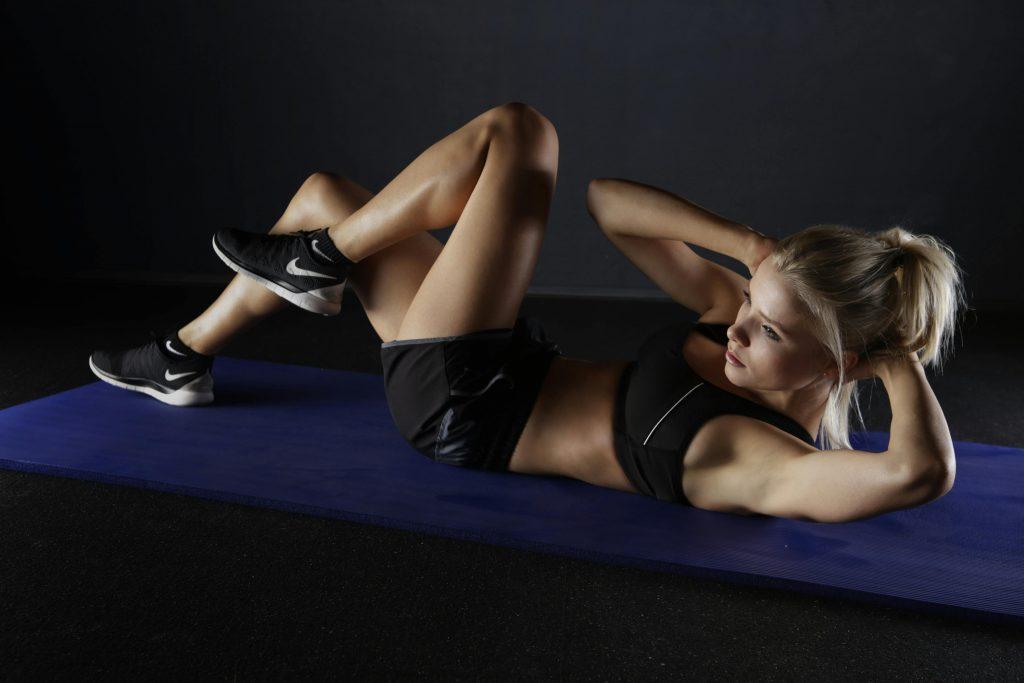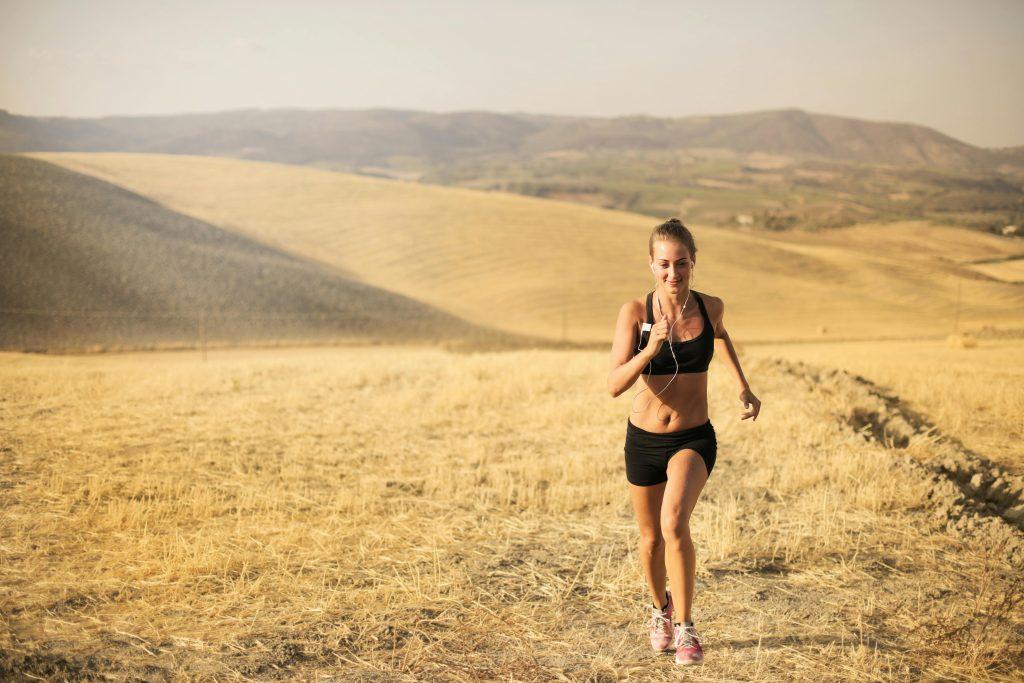A day or two after leg day are always those days when you feel like you are stuck on the toilet because you are feeling the soreness from a great lower body workout you did earlier in the week. Performing squats and other lower body exercises are obviously essential to any full body and well-balanced training routine, but have you ever heard of a Kang squat before? Kang squats are a squat variation that goes beyond sumo squats or split squats, this exercise is literally why the hashtag #sorefordays comes out of my mouth.
A Kang squat is a combination of a good morning and a back squat. It combines a hip dominant and knees dominant move all in one that is an exercise that is great when working on accessory work. It doesn’t just work the thighs, the hamstrings and the glutes, like a squat or good morning would, you’ll work your whole posterior chain, including your hamstrings, glutes, back, rectus abdominis, your obliques, and your quads.
How to Perform a Kang Squat
If this is your first time trying a Kang Squat you should first try this with no weight or something like a PVC on your back or holding a very light Kettlebell at your chest. When you start to get more comfortable, still don’t jump up in weight, add 5 to 10 pounds to the bar at a time until the exercise feels like a 7 out of 10 in terms of intensity over the course of five repetitions.
- Set up your bar like you normally would for a back squat. Get into position by racking the bar on your upper back and keeping your core tight and chest up.
- Squeeze your upper traps and shoulder blades together like you would for a back squat so that it creates a ‘shelf’ for the bar to rest on.
- Make sure you are standing with your feet about hip-distance apart. Since the weight is light you can make small corrections with your fit to get into this position without needing to rack the bar (most likely).
- Keep your weight in the middle of your feet to the back of your feet but with your big toes still grounded into the Earth.
- With a slight bend in your knees slightly, you never want your knees locked, push your hips back with a flat back, and allow your torso to come forward over the course of two slow counts (like a good morning). If you have the flexibility and strength, you can get to a point where your torso is parallel to the floor. If you don’t have the flexibility, stop right before the point where your back feels like it wants to round forward.
- From this position, you will want to start to bend your knees and get your torso more upright to transition into a squat position.
- It is very important to keep your core engaged the entire time as you move slowly through this repetition.
- You won’t go as deep as your normally would in a squat because you want to make sure your hamstring don’t release. They should be engaged the entire time. This could mean your knees going into just a 90-degree position or barely breaking parallel with your thighs.
- To come out of the exercise, you just do everything in reverse order. Don’t just stand up like you would out of a squat, instead press through your heels and reverse the movement so that you return to the good morning position with your torso nearly parallel to the floor.
- From here, straighten your legs to that slightly bent position in the knees and stand back up.
- Now use your hamstrings to lift your torso back up into a full erect standing position.
- This is 1 rep.
- Try this for 4 to 6 reps in a very slow and controlled manner to get comfortable before even attempting to increase the weight. You will feel this exercise the next day just by using the barbell if performed correctly and that is a promise!






